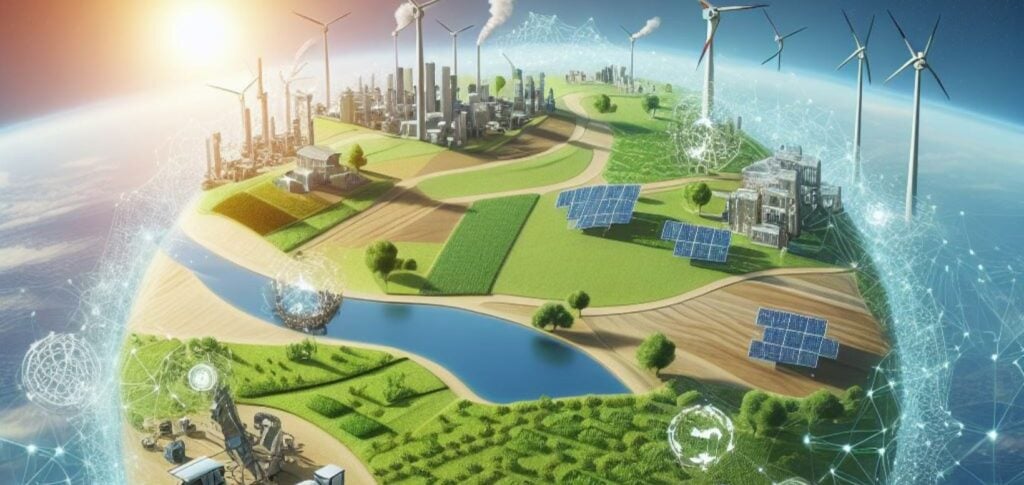O La Niña phenomenon it is characterized by a cooling of ocean temperatures in the central and eastern equatorial Pacific.
ADVERTISING
The current episode began in September 2020 and managed to partially mitigate the global warming. Still, the UN meteorological agency reported, 2021 and 2022 were the hottest years on record since 2015.
"The cooling caused by the long episode of La Niña temporarily contained the increase in global temperatures, despite the period of the last eight years being the hottest on record.,” said WMO Secretary-General Petteri Taalas.
The agency warned that, together with the approaching end of La niña, there is a high probability of the phenomenon of reverse heating occurring, called El Niño.
ADVERTISING
“If we now enter a phase of El Niño, another increase in global temperatures is likely,” he added.
La niña It happens every two to seven years and alternates with the opposite episode, as well as neutral moments. These temperature variations can cause significant climate fluctuations around the world.
The chances that El Niño form in the first half of the year are low (15% in April-June), but increase progressively between May and July (up to 35%) and rise considerably between July and August (55%), anticipates the WMO .
ADVERTISING
“We need another two, or three, months to have a more reliable idea of what will happen,” said Álvaro Silva, a consultant at the agency. “Monitoring the oscillation between the two phases helps countries prepare for possible impacts, such as floods, droughts, or extreme heat.“, he explained, in conversation with AFP.
Although El Niño e La niña Whether they are natural phenomena, both occur in a “context of climate change caused by human activity that increases global temperatures, affects seasonal rainfall patterns and causes more extreme temperatures”, adds the WMO.
(To AFP)
📹 Worth watching (I.e.
Read also




